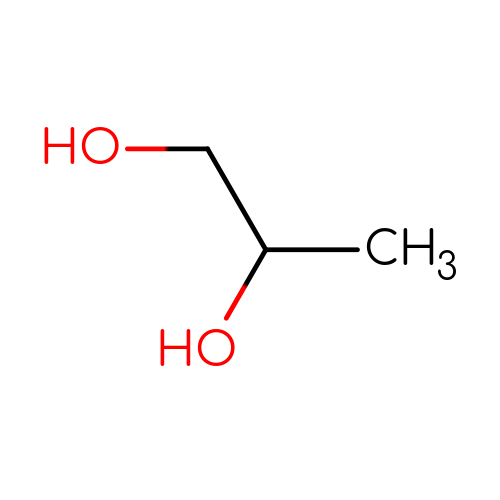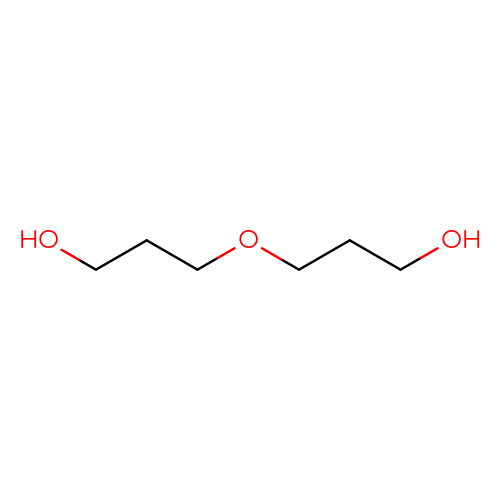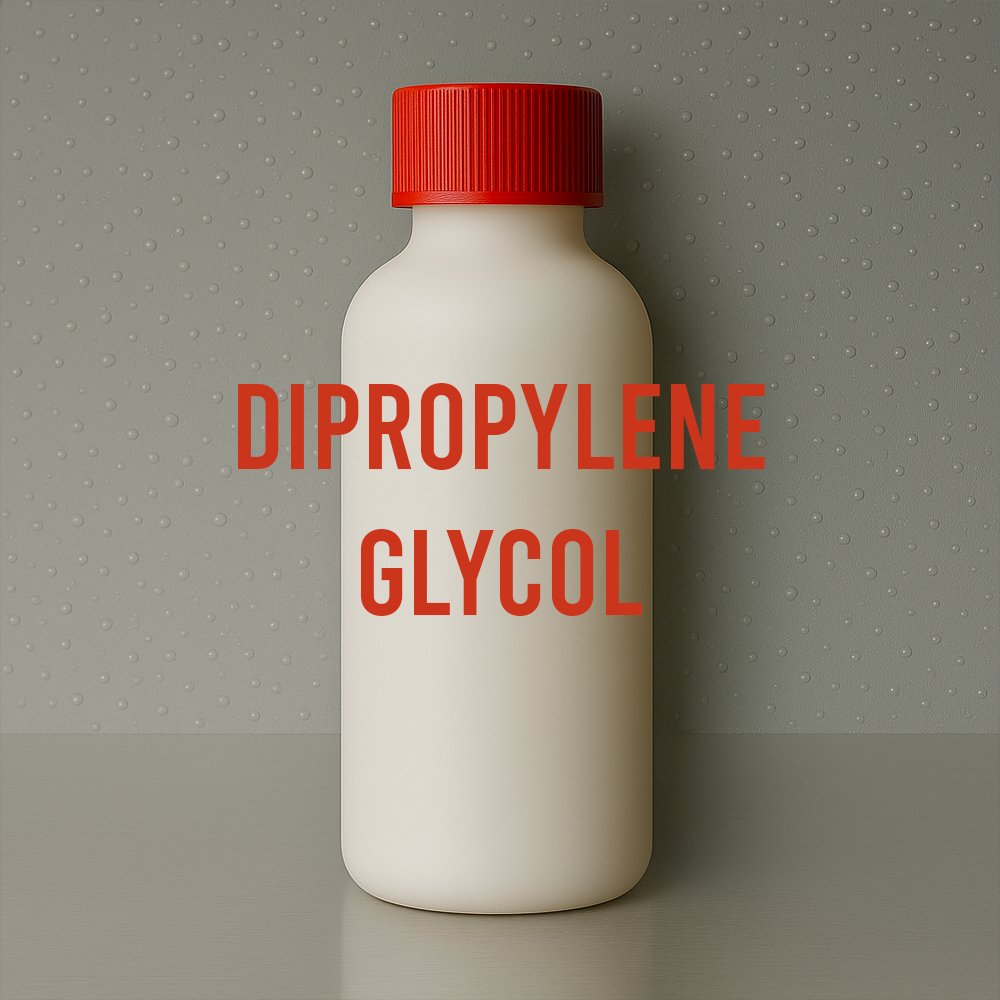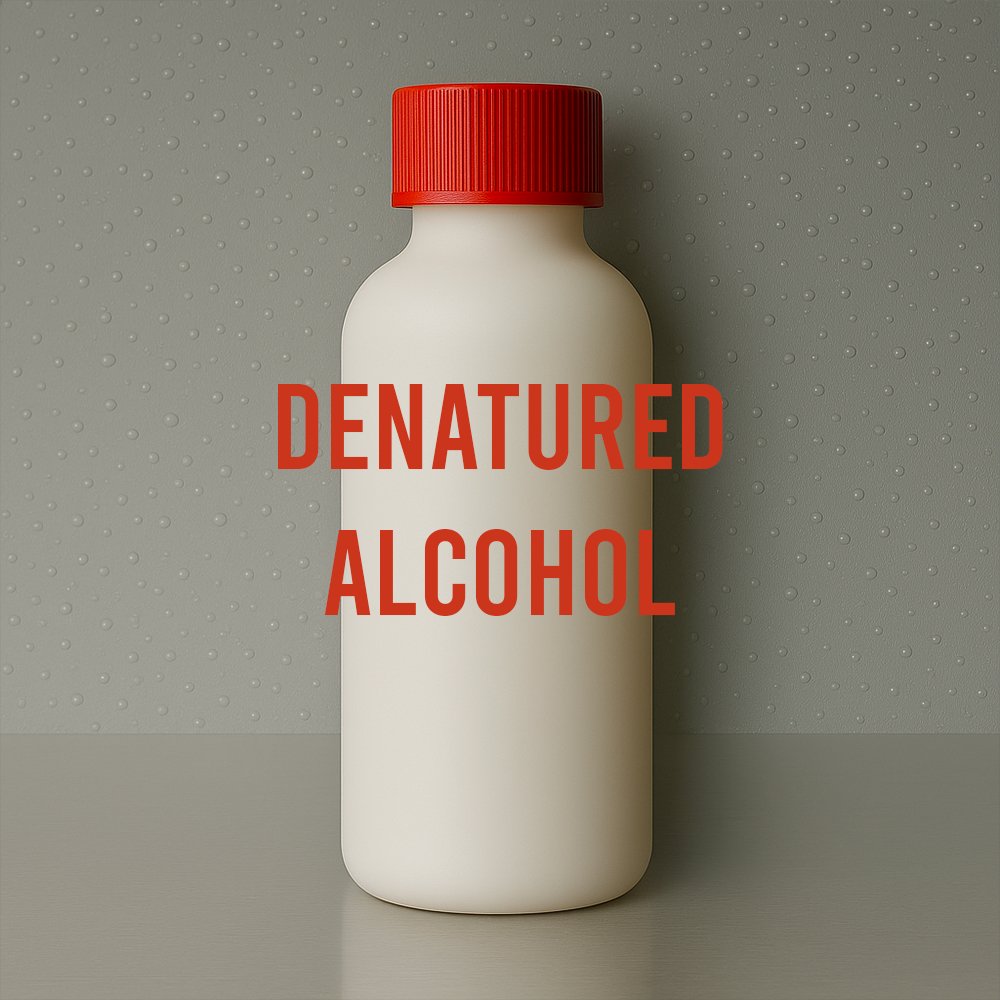

Octyl Palmitate
Solvent and Fixative for Perfumery and Cosmetic Emulsions
Octyl Palmitate (INCI: Ethylhexyl Palmitate) is a synthetic ester formed by the reaction of palmitic acid and 2-ethylhexanol. It is a colorless to pale yellow, virtually odorless oily liquid that serves as a fixative solvent and emollient in fragrance and skincare formulations. Due to its low volatility, it provides excellent solubility for lipophilic aroma materials and enhances spreadability and longevity in oil-based systems.
Octyl Palmitate
Solvent and Fixative for Perfumery and Cosmetic Emulsions
Octyl Palmitate (INCI: Ethylhexyl Palmitate) is a synthetic ester formed by the reaction of palmitic acid and 2-ethylhexanol. It is a colorless to pale yellow, virtually odorless oily liquid that serves as a fixative solvent and emollient in fragrance and skincare formulations. Due to its low volatility, it provides excellent solubility for lipophilic aroma materials and enhances spreadability and longevity in oil-based systems.
Functional Solvent Overview
🔎 Chemical Name: 2-Ethylhexyl hexadecanoate
🧪 Synonyms: Ethylhexyl Palmitate, Octyl Palmitate, Hexadecanoic acid 2-ethylhexyl ester
🧬 Chemical Formula: C₂₄H₄₈O₂
📂 CAS N°: 29806-73-3
⚖️ MW: 368.64 g/mol
📝 Odor Type: Waxy-fatty (trace)
📈 Odor Strength: Very low
👃🏼 Odor Profile: Neutral to faintly fatty, non-interfering
⚗️ Uses: Solvent, Fixative, Emollient
🧴 Appearance: Clear, colorless to pale yellow oily liquid
What is Octyl Palmitate?
Octyl Palmitate is a branched-chain fatty ester produced via the esterification of palmitic acid (a saturated C16 fatty acid) and 2-ethylhexanol (a branched alcohol). Developed during the mid-20th century to replace heavier, greasy emollients, it has become a common functional base in personal care and fragrance products. It mimics the structure and behavior of skin lipids, offering smoothness and glide while remaining chemically inert and non-comedogenic.
Historical Background
The development of Octyl Palmitate was driven by demand for lightweight, dermatologically compatible esters in cosmetics. It emerged as a preferred alternative to natural oils due to its stability, sensory profile, and absence of scent or oxidation issues. Today it is widely used in both "classic" and "green" cosmetic and perfumery formulations, particularly where silicone-like spread is desired without silicone content.
Olfactory Profile & Perfumery Applications
Octyl Palmitate is selected in perfumery not for its scent, but for its olfactory neutrality and excellent solvent properties:
Fixative carrier in oil-based perfumes, solid fragrances, and roll-ons
Enhances adhesion and diffusion of lipophilic aroma compounds on skin
Compatible with esters, lactones, musks, resinoids, and natural oils
Its low vapor pressure means it remains on the skin, supporting slow release and longevity of top and heart notes.
Industrial & Technical Uses
Cosmetics: Light emollient in creams, serums, sun care, and make-up
Haircare: Adds gloss and smoothness without buildup
Pharmaceuticals: Non-occlusive vehicle for topical preparations
Silicone-free formulation systems: Mimics slip and spread of dimethicone
Regulatory & Safety Overview
INCI Name: Ethylhexyl Palmitate
IFRA: Not restricted under IFRA 51st Amendment
EU Cosmetics Regulation: Approved for unrestricted topical use
FEMA GRAS: Not listed; not permitted for ingestion
ECHA/REACH: Registered; no classified hazards
Toxicology:
Non-irritant
Non-sensitizing
Low dermal toxicity (Elder, 1989)
Patch testing recommended in cases of sensitive or compromised skin.
Environmental Impact
Biodegradability: Readily biodegradable under aerobic conditions
Aquatic Toxicity: Low
Bioaccumulation: Not expected
Sustainability Note: As palmitic acid is often palm-derived, sourcing from RSPO-certified supply chains is strongly encouraged to reduce environmental and social impact
Additional Information
Boiling Point: Approx. 220–250 °C (may decompose)
Flash Point: ~200 °C
Refractive Index @ 20 °C: 1.445–1.455
Viscosity: Low to medium
Solubility:
Insoluble in water
Soluble in oils and non-polar solvents
Recommended Use Level: 5–40% in oil perfumes or emulsions
Format Compatibility: Suitable for anhydrous formulations, emulsions, sticks, and roll-ons
Sources
Scentspiracy-provided source
Elder, R. L. (1989). Final Report on the Safety Assessment of Isopropyl, Isobutyl, and Octyl Palmitate. JACT, 8(4), 639–671
PubChem Compound Database – Octyl Palmitate
REACH Substance Information – ECHA
IFRA Standards Library (2024)
Sell, C. (2019). The Chemistry of Fragrances (3rd Ed.)




